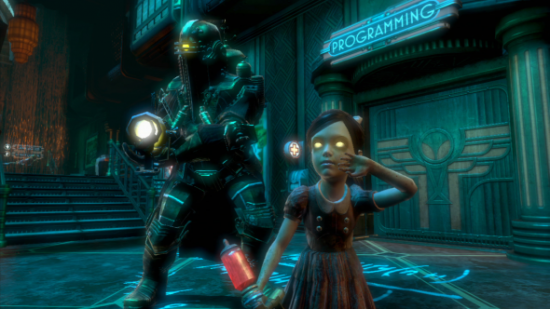Pre-production isn’t unique to games but it is essential to them. It’s the development phase in which a creative unit, still small and nimble, draws the maps and sets a direction. Then, in full production, that vision is usually communicated to a larger team. The hope is that good planning can prevent later course correction, when it can be prohibitively costly and time-consuming – the cause of long delays or even cancellations.
Read more: No games do dialogue like Fullbright’s Tacoma, but they really should.
Good idea, right? Yet Gone Home, the BAFTA-winning debut game from Fullbright, didn’t have an official pre-production period at all.
“When we worked on Gone Home, that game’s entire process – from downloading Unity to shipping the game – was 17 months,” writer and designer Steve Gaynor tells us.
That’s in stark contrast to Fullbright’s latest game, Tacoma, which arrived on Steam last week after nearly four years of development. There are a couple of reasons for that disparity: first, Gone Home was initially PC-only. Fullbright didn’t have to worry about consoles until after its launch. And second, the dev team had been preparing to make Gone Home for years beforehand, knowingly or not.
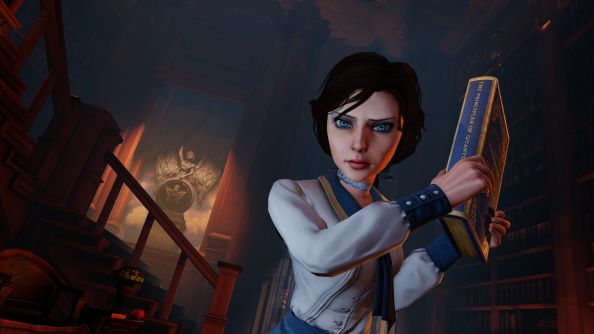
“We had no pre-production period on that game,” Gaynor says. “I realised afterwards that the last few years of working on the BioShock games were really my pre-production period.”
Gaynor worked on both BioShock 2 at 2K Marin and BioShock: Infinite at Irrational, consciously contributing to a long line of immersive sims that turned levels into artfully cluttered collections of tactile objects. On top of that, the founding members of Fullbright first worked together on Minerva’s Den, a muted, self-contained slice of BioShock 2 DLC that doubled-down on environmental storytelling rather than scripted sequences. It was the first Fullbright game in all but name, and defined the precepts that would guide Gone Home.
“I was thinking in terms of, ‘OK, if we’re making something like this, but we make it completely focused on environmental storytelling, it could be a whole game’,” Gaynor remembers. All they had to do was “add a couple of mechanics to support the player’s role.”
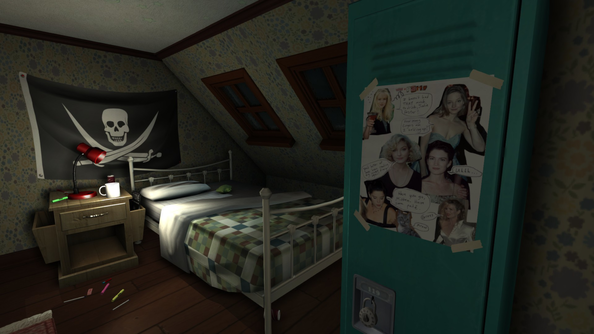
It worked, and when it came to Tacoma, the team tried the same tack – leaping straight into production on another game about getting to know characters you’d never meet by rummaging through their belongings. In fact, the name came from the fact that it was going to be set in Tacoma, Washington, in another domestic locale.
But at some stage, Fullbright began to worry about stagnation.
“On the one hand, I’m sure that there are legitimate versions of Gone Home with a different story and different setting,” Gaynor says. “I’m sure that could be legit, but the flipside of that is that we thought what was important about the reaction to Gone Home was that it felt new.
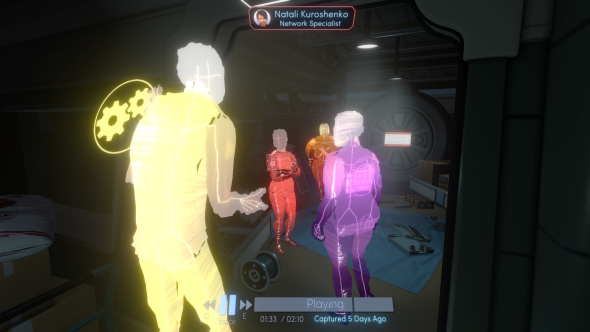
“People felt like they hadn’t played a game like that before. We needed to push ourselves to say, ‘How do we make Tacoma feel equally new?’.”
Ultimately, Tacoma’s key distinguishing factor – aside from the fact it’s set in a space station, not a family home – proved to be that players would witness key plot moments directly, by watching and listening to augmented reality recordings of the crew go about their lives.
“In Gone Home there were these possibilities that we didn’t have access to,” Gaynor explains. “Like having the player more actively involved in these scenes as they were happening, and seeing where the people were and how they related to each other – making that a core mechanic of the game.
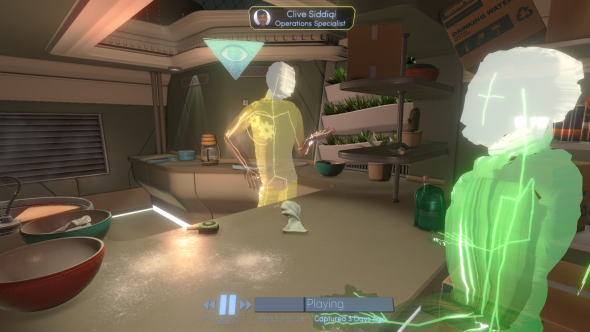
“Once you decide to move forward with that impulse, the important thing is to make the game fully support the new thing, and be about that thing, and not just have it tacked on. Hopefully it expands your role and how you observe as an investigator.”
It’s been a protracted process – Tacoma was originally slated for release last year – but a necessary one. If Gaynor could go back and speak to himself when he was starting out on Tacoma, he would say: “You’re not just going straight back into production. You might not know it, but you are doing pre-production. You need that time to discover what the game is really about.”
“That’s what we ended up doing,” he adds. “But I didn’t realise it at the time. We had to focus on our ideas and thinking about what the game actually was. That would have been good to know ahead of time.”
